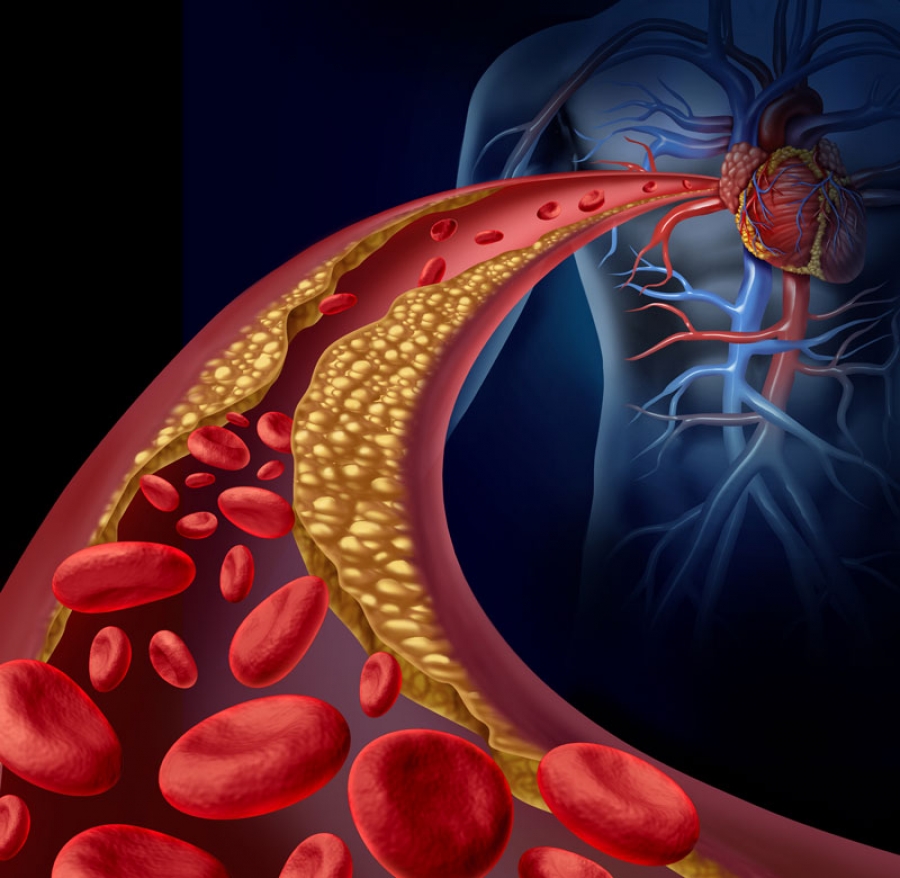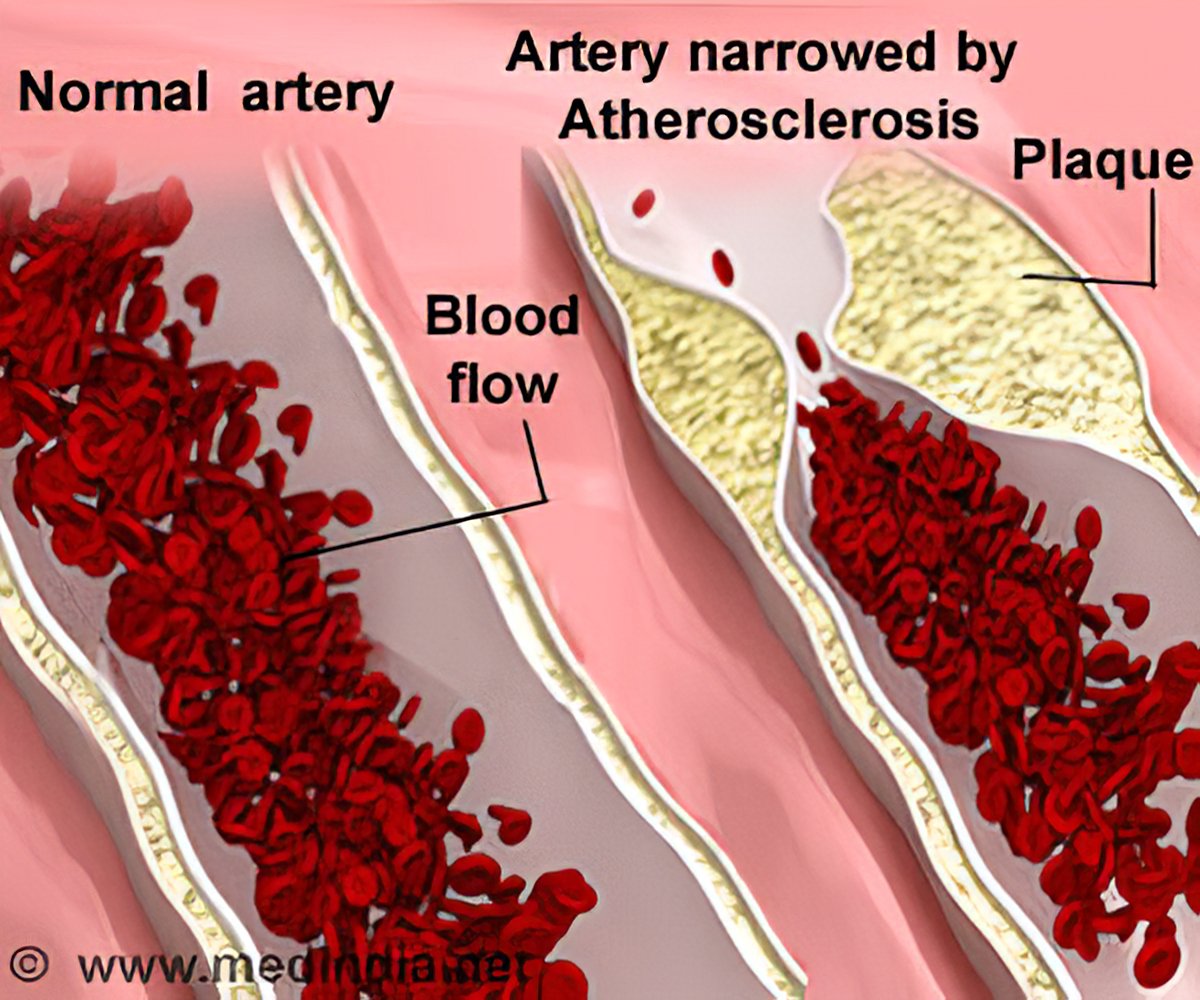Brilliant Info About How To Diagnose Arteriosclerosis
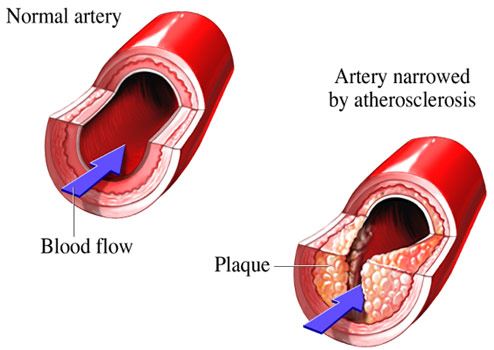
Early diagnosis is critical for managing arteriosclerosis.
How to diagnose arteriosclerosis. This is used to identify narrowing of the blood vessels of the abdomen, neck, or legs. Arteriosclerosis / diagnosis arteriosclerosis / therapy coronary artery bypass coronary disease / complications coronary disease / diagnosis* coronary disease / therapy* humans kidney. Plaque narrows the vessels and slows down blood flow.
During the physical exam, your. An electrocardiogram (ekg or ecg) determines whether the heart’s rhythm is steady or irregular. After you’re given local anesthesia and a sedative, your doctor guides a thin, hollow tube called a catheter through a tiny incision in the arm or groin to an artery that leads to the heart.
Your doctor will perform a physical exam if you have symptoms of atherosclerosis. Comparing blood pressure measurements in the ankles and in the arms. To diagnose the condition, we ask questions about your medical history and do a physical exam.
A doppler ultrasound can measure blood pressure, speed of the blood, and any blockages from arteriosclerosis in your arteries. A diagnosis of arteriosclerosis is not usually made with lab tests or imaging alone. This person will consider your medical history.
During a medical examination, the doctor will ask you about your lifestyle. Blood tests check the levels of cholesterol, triglycerides, blood sugar, lipoproteins, or proteins that are. In this way he can draw up an individual risk profile.
To screen for coronary heart disease, your doctor will: If you think you have atherosclerosis, talk to your health care provider. A weakened pulse, an aneurysm, or an.
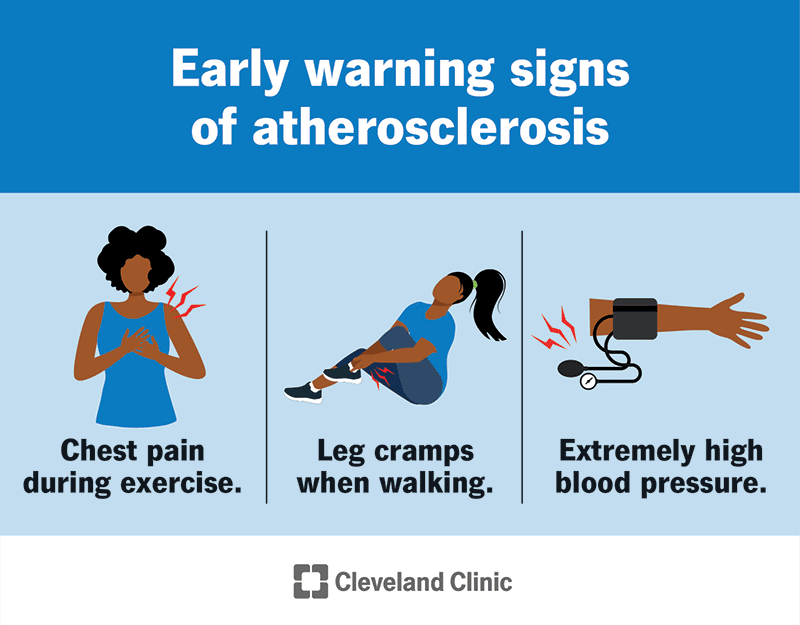
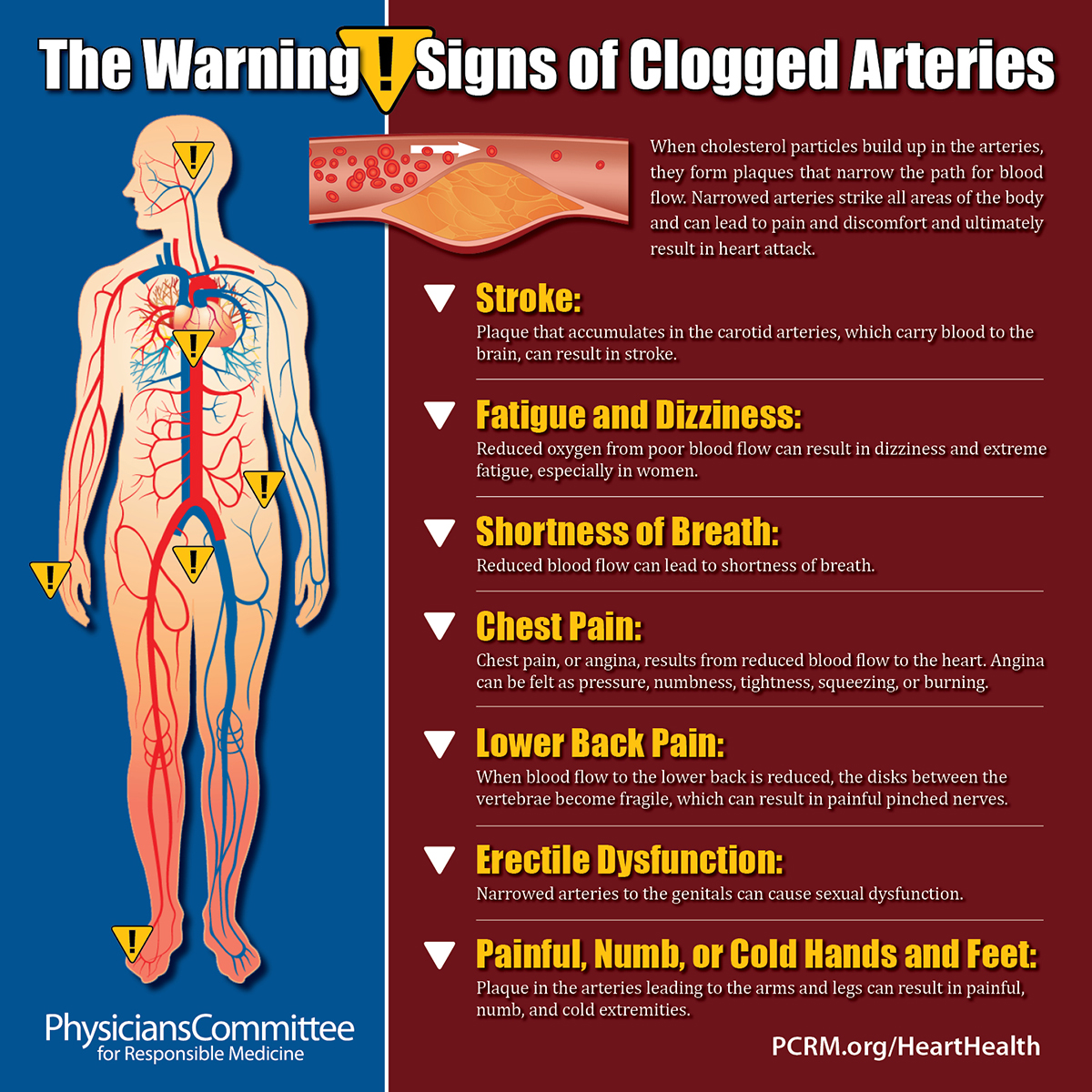
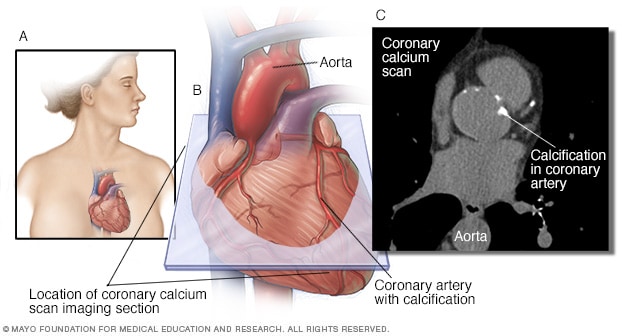
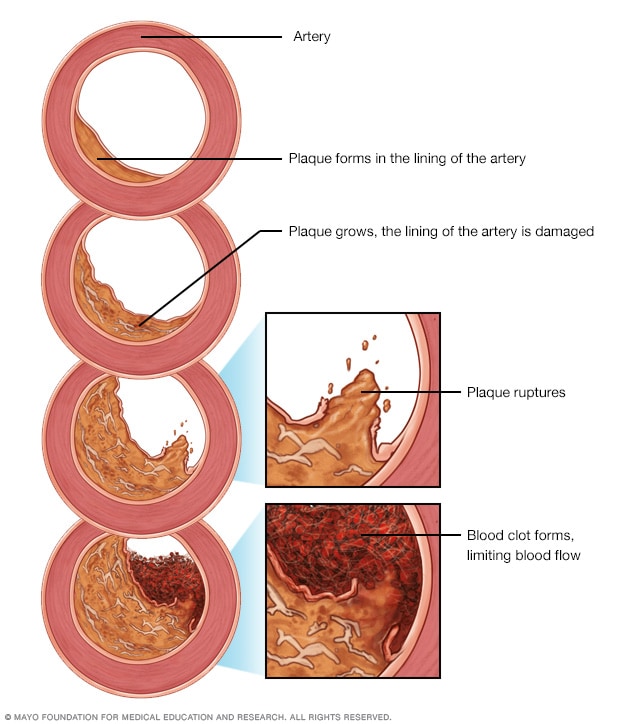

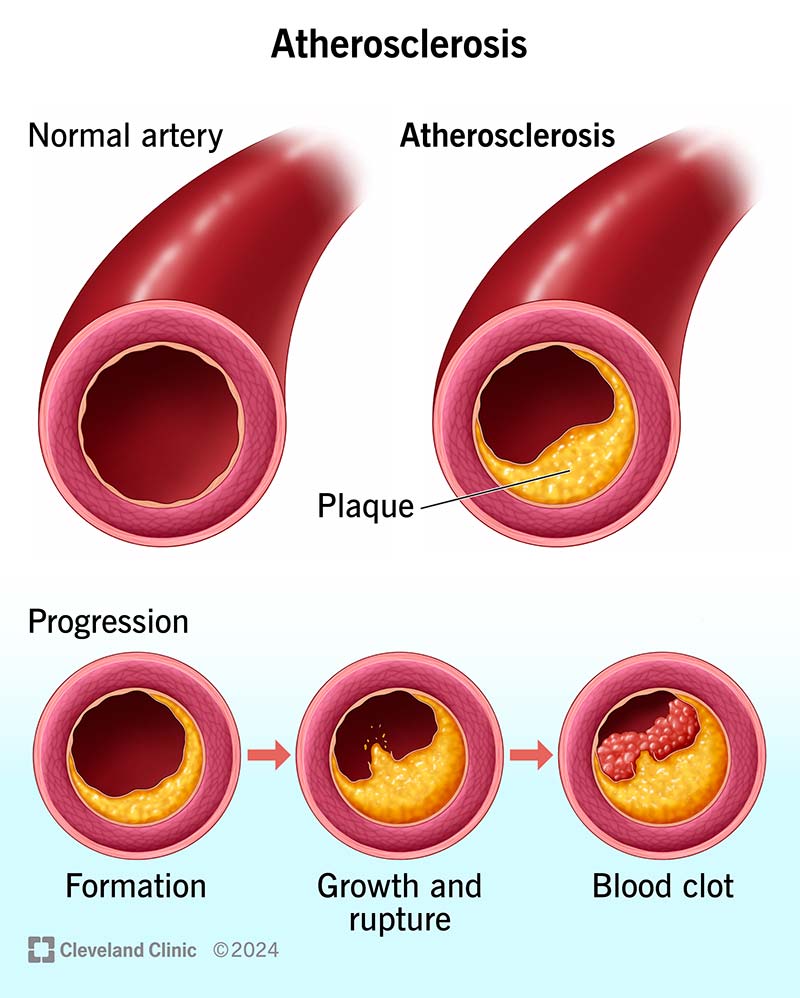
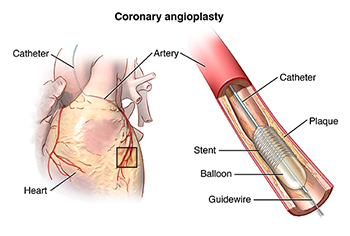



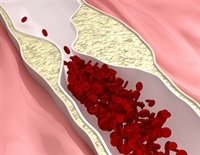




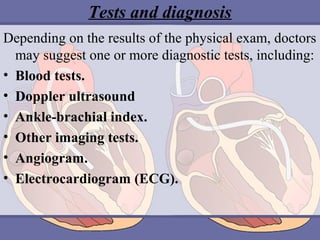
/arteriosclerosis-overview-and-more-5087299-Final-bc073a8b052845288c80f4aa0216b2a7.jpg)
